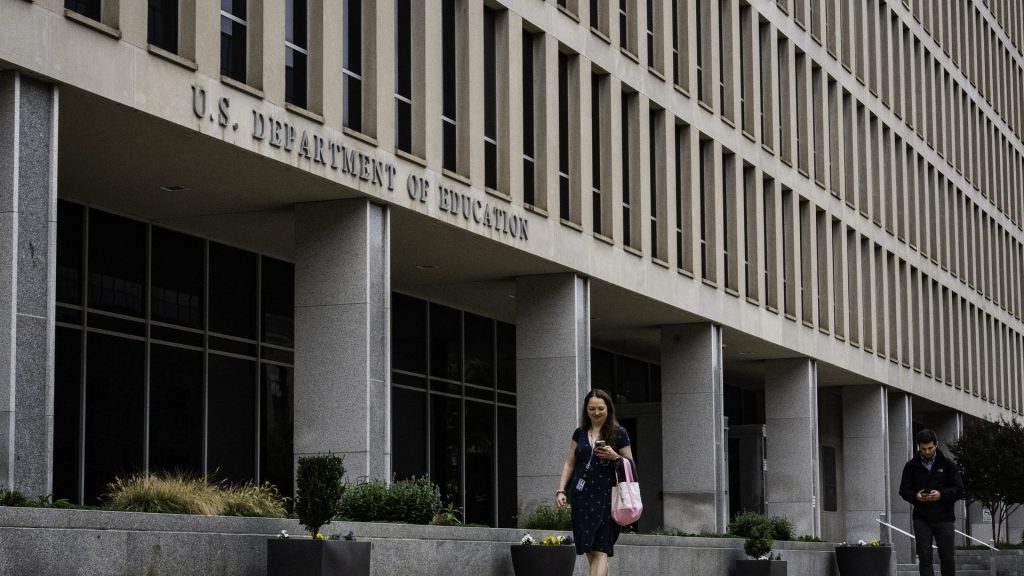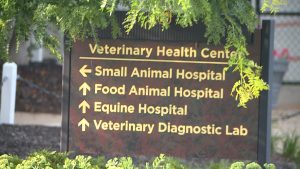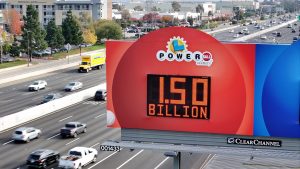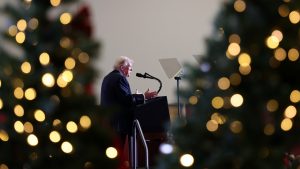Public Service Loan Forgiveness overhaul could reshape eligibility by 2026

The Department of Education plans to roll out new changes to its loan forgiveness program by summer. Public service workers hoping to qualify for student debt relief will need to meet updated eligibility standards set by the Trump administration.
Rule takes effect in 2026
The rule, announced Oct. 30 and set to take effect July 1, 2026, gives the department new authority to prevent federal loan relief from going to borrowers working for organizations found to be engaged in illegal activity. Those activities include terrorism, human trafficking, illegal discrimination or violations of federal and state laws. Officials said the focus is on sustained or severe misconduct, not isolated compliance issues.
“With this new rule, the Trump Administration is refocusing the PSLF program to ensure federal benefits go to our Nation’s teachers, first responders, and civil servants who tirelessly serve their communities,” under secretary of education Nicholas Kent said.
Millions apply, but few qualify for full relief
According to the latest federal data from the U.S. Department of Education, nearly three million people have submitted Public Service Loan Forgiveness applications between June 2024 and July 2025, representing roughly 1.5 million borrowers.
Most of those approved were government employees, with some borrowers from nonprofit organizations.
In recent years, the Education Department widened who could qualify for student loan forgiveness. In 2018, it launched the Temporary Expanded Public Service Loan Forgiveness program, known as TEPSLF, to give another chance to borrowers whose payments did not fit the original program rules.
During the COVID-19 pandemic, the department also created a short-term waiver that let more borrowers count past payments toward forgiveness. The organization ended the temporary period in late 2022, but it is still reviewing some applications.
Trump’s executive order
President Donald Trump signed an executive order in March directing the Education Department to overhaul the Public Service Loan Forgiveness program. The 2007 initiative aimed to help government and nonprofit workers cancel their student loans after they completed a decade of service and made regular payments.
The administration said the program had been stretched beyond its original intent, allowing some borrowers to receive relief before meeting full eligibility requirements. It also raised concerns about federal funds reaching groups that, in its view, did not serve the public interest.
New rule draws criticism
The advocacy group Democracy Forward is pushing back on the Education Department’s new loan forgiveness rule, calling it political overreach that could punish some public workers based on where they work or what causes they support. The group says the policy would give the department power to exclude certain government agencies and nonprofits from the Public Service Loan Forgiveness program.
Democracy Forward and Protect Borrowers announced plans to challenge the rule in court, releasing a joint statement that said:
“This is a direct and unlawful attack on nurses, teachers, first responders, and public service workers across the country. Congress created the Public Service Loan Forgiveness (PSLF) program because it is important for our democracy that we support the people who do the hard work to serve our communities. This new rule is a craven attempt to usurp the legislature’s authority in an unconstitutional power grab aimed at punishing people with political views different than the administration’s. In our democracy, the president does not have the authority to overrule Congress.”
Who qualifies?
To qualify for Public Service Loan Forgiveness, borrowers must work full time for a government agency or a qualifying nonprofit organization. That includes federal, state, local and tribal employers, as well as military service.
Eligible borrowers need to have federal Direct Loans or consolidate other federal loans into that program, make 120 monthly payments under an income-driven or 10-year standard repayment plan and stay employed by an approved public service organization while doing so.
Since the program began, more than 1.1 million borrowers have had their student loans forgiven through the Public Service Loan Forgiveness program, according to federal data as of July 2025. The Education Department reports a total of $85.5 billion in debt discharged, with an average balance of $74,000 per borrower.
How the new rule will work
The department will establish a process to determine whether an organization no longer qualifies. Officials will reach out to employers found to have significant illegal activities for a response before a decision is made. Borrowers will also be informed if their employer’s eligibility is under review or revoked and can check the department’s PSLF Help Tool for updates.
Employers that lose eligibility can reapply after 10 years or work with the department on a corrective plan to restore their status. The rule applies only to future conduct, meaning payments made before July 1, 2026, will still count toward forgiveness.
According to the department, the rule does not alter existing law but adds enforcement measures to ensure taxpayer money supports lawful public service. Employers who follow the law will not face any consequences.
The post Public Service Loan Forgiveness overhaul could reshape eligibility by 2026 appeared first on Straight Arrow News.





